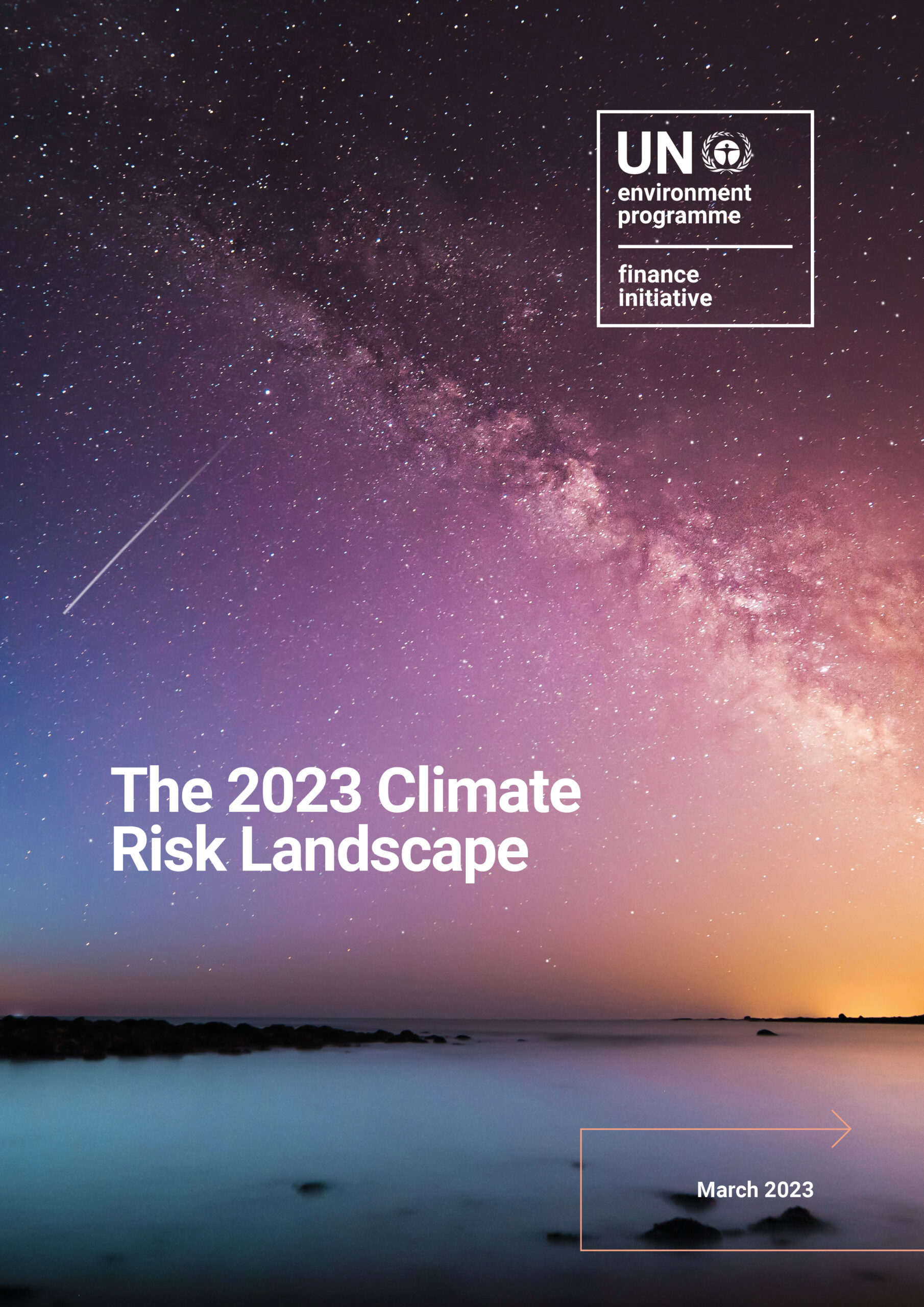Today, fully half of all loans are extended to firms in sectors vulnerable to ecosystem degradation. As such, managing biodiversity-related risks is not just a moral imperative but a financial necessity. For example, according to the World Bank Group, banks in lower-middle-income economies, for example, allocate an average of 55% of loans to these high-risk sectors.
That’s why the UN Environmental Programme Finance Initiative (UNEP FI) has issued new Principles for Responsible Banking (PRB) member guidance – Sector Action Guidance for Nature: Getting Started in the Agricultural, Forestry and Mining Sectors. Developed in partnership with The Biodiversity Consultancy (TBC), and with input from volunteer banks from the PRB Nature Working Group, this new PRB Sector Guidance aims to translate the recommendations from the PRB Nature Target Setting Guidance into practical, sector-specific actions.
Released in conjunction with UNEP FI’s robust programming in support of CBD COP16 – including the second ever Finance and Biodiversity Day on 28 October 2024 – the Guidance provides easy-to-use lists of no-regrets actions in key sectors that the front office can ask for today – making new ways of doing business easier than ever.
Recognising banks’ imperative to take not just sectoral, but also commodity-level insights and use them to evolve policies and existing client dialogues, the Sector Action Guidance for Nature empowers banks to stay ahead of potential risks – even without materiality assessments in hand.
Focusing on the extraction and production stages across high impact sectors such as mining, agriculture and forestry, the PRB Sector Action Guidance for Nature establishes priority actions banks can take to reduce risk exposure, deepen client relationships and accelerate a nature positive future in relation to six key commodities – bauxite, copper, cattle, wood, soy and palm oil.
By aligning with the Kunming-Montreal Global Biodiversity Framework (GBF), working across high impact sectors and targeting key commodity types, banks can take “no regrets” action with clients today to avoid and reduce their impact on nature. No-regrets actions – in referring to strategic decisions or initiatives that are beneficial regardless of how future uncertainties unfold – become the accelerator for not only risk mitigation but also seizing new opportunities. They represent those actions which don’t require waiting for additional assessments or data and typically are low-risk, providing value under various scenarios.
As such, the Guidance emphasises working within a clear and actionable mitigation hierarchy framework. Under the mitigation hierarchy, activities first look to avoid negative impacts as much as possible, impact that cannot be avoided is then minimised, with any residual damage restored. Lastly, offsetting the residual impact after avoiding, minimising and restoring must be done with a sensitivity to context and equivalence under very specific circumstances with expert guidance.
To ensure this Sector Action Guidance is immediately useful, banks are encouraged to engage and support clients through:
- Client relationship managers, who can put nature into client dialogues using granular insights about high impact commodities and sectors
- Group sustainability functions developing policies or related teams responsible for developing client questionnaires
- Cross-bank stakeholders impacted by those policies, such as sector coverage teams
Highlighting the benefits of working under a clear and actionable mitigation hierarchy framework, the Guidance makes biodiversity-related risks and opportunities more actionable, simplifying the integration of nature into client dialogues and policy development.
By doing so, banks will be better positioned to scope opportunities to support clients with their nature-related transition – via new financing or technical assistance – and to reduce the bank’s nature-related physical and transition risk exposures. Learn more and download the guidance here.


